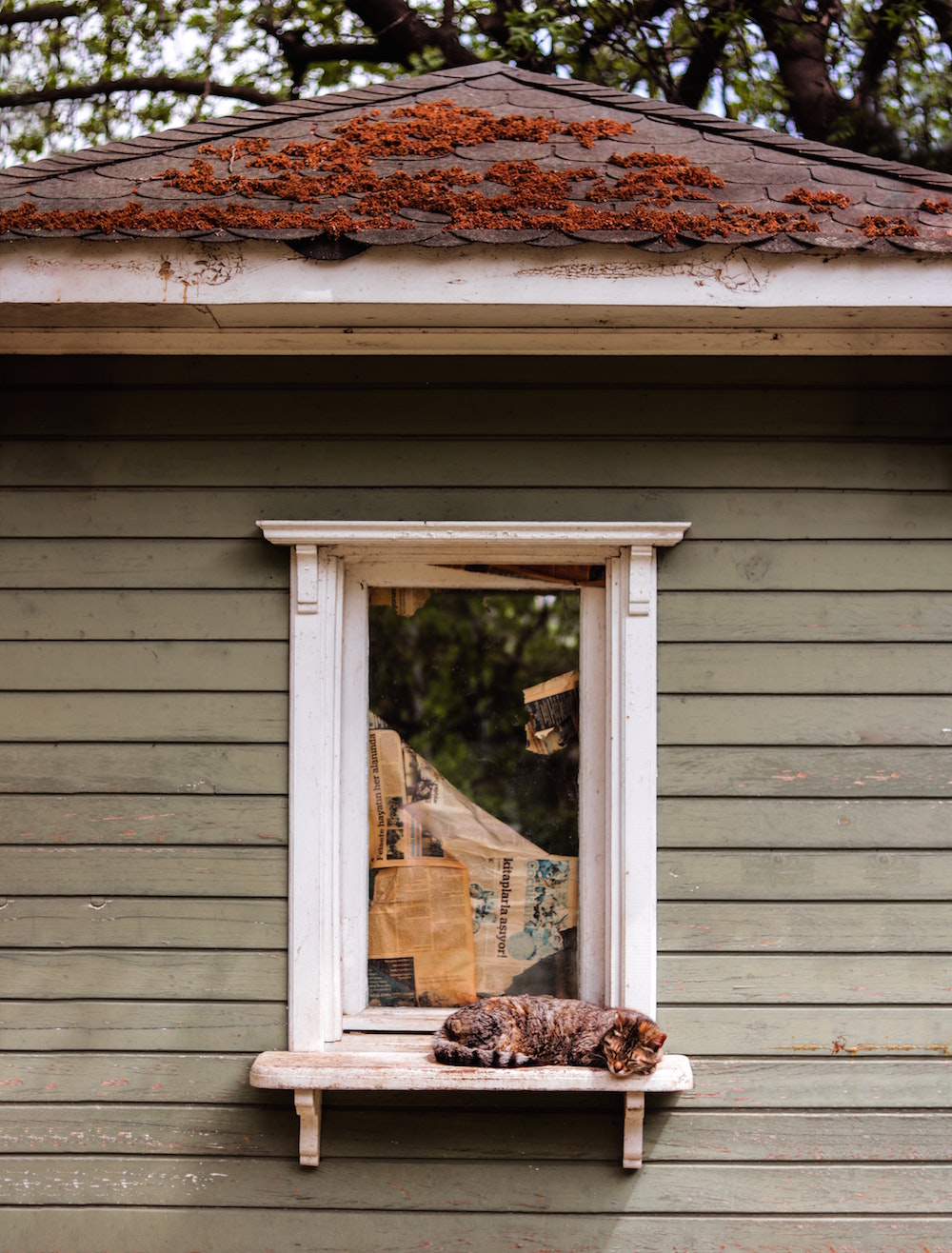How To Properly Inspect Your Roof
With the onset of winter storms, your roof can take a serious beating. While it may look like your shingles, gutters, and eaves are holding up just fine at first glance, all homeowners should inspect their roof throughout the winter season to catch early signs of damage and prevent problems from piling up.
Not sure what to look for? We’ve got you covered with the following steps. Let’s discuss how you properly inspect your roof to help prevent costly repairs down the road.

Check Your Shingles
Stated by roofing contractors in Dallas, shingles are the first place where you’ll find obvious signs of wear and tear after winter storms. They take the biggest beating and shield the interior of your roof from rain, wind, hail, and snow. If your roof is going to have any damage at all, it will likely be found in your shingles.
What to look for: Check for signs of buckling, curling, flapping, discoloration, and loose hanging shingles. If any of these signs are present, you probably have shingles that need replacing.
Should a portion of your shingles bow in toward your roof, creating the appearance of sinking between the support beams, it’s important to have a roofer look at the area and assess whether a portion of your roof might need replacing.
Repairing damaged areas of your roof right away will prevent further damage to the structure of your roof.
Inspect Your Gutters
Gutters are the often-forgotten stepchild of roof maintenance. While most homeowners take care of the structure of the roof and all other essential parts, gutters are crucial to the life of your roof but are often forgotten.
What to look for: Check for signs of blockage, freezing, backup, and weakening. Free-flowing, secure gutters are vital for your roof. Why?
When it rains, then freezes, snows, rains some more, and finally dumps ice, your gutters are the primary vehicle for trapping all that moisture and moving it away from your home. If they are blocked, water inside your gutters will freeze and back up.
If fully frozen, the metal piping will weigh more than they should and pose a hazard for those walking underneath. If it’s too heavy, they can break away from your house and fall.
Free-flowing gutters are also essential to prevent ice dams from forming on your roof.
Check Your Eaves for Signs of Animal Life
During the winter, you’re not the only one who wants to stay warm. Small animals will be looking for places to burrow into to stay warm and dry for the season.
What to look for: If there are any holes or cracks under your eaves that lead into your attic, you can be sure animals will find it and let themselves in.
Any areas holes or cracks need to be covered and patched right away.
Inspect Your Insulation
Your attic is the prime place for cold air to seek into your home, warm air to leak out, and rain to find it’s way inside.
What to look for: Check the insulation regularly throughout the winter season for signs of deterioration or water leaking in from the roof.
Leaks will need to be fixed from the outside, but finding where a roof leak has started can often be spotted from signs of wet insulation under your roof.
Keep Your Roof In Shape
Keeping your roof in shape all winter long takes a few minutes to check your roof for any signs of wear or damage. The sooner you can catch problems, the faster you can fix them before they grow. Keep each of these areas in mind this winter as you take care of your home.








